Aptly known as the ‘Land of kings’, Rajasthan is also the largest state in the Republic of India. Formerly known as Rajputana, Rajasthan was divided into various regions, which were ruled by various clans, the notable clans include Meenas, Gurjars, Rajputs and Jats which were responsible for the building of the state of Rajasthan, and were responsible for building various historical monuments which in turn provided the rich cultural heritage found in the state. The monuments of Prime importance are the various hill forts, mostly based in the Aravalli Mountain Range, and built between the 5th century AD and 17th – 18th century AD. The Hill forts of Rajasthan are long standing masterpieces of architecture and have housed the rich cultural heritage of the Princely Clans that built them. It’s really hard to cover all the hill forts in the state but the ones mentioned below are guaranteed to keep you spell bound for months to come.
1. Chittorgarh Fort
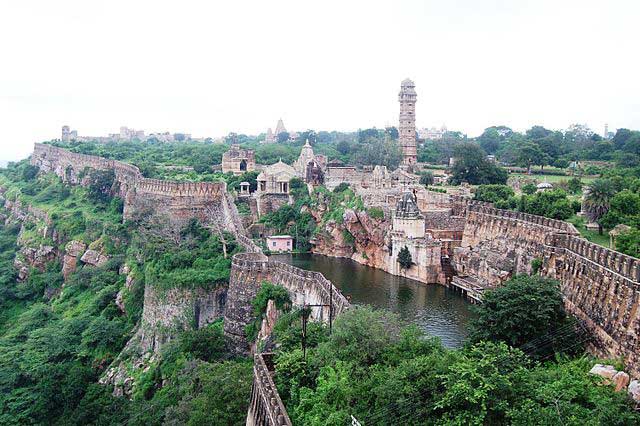
The largest fort in India, it was constructed in the 7th century AD by the Mauryans and was named after the Maurya Ruler Chitrangada Mori. It was later ruled by the Sisodiya clan of Rajputs. In the year 1567, Emperor Akbar invaded and took siege of the place and the fort was finally abandoned in 1568, it lies at a height of 590.06 ft and spans across an area of 691.09 acres. Chittorgarh was the former capital of Mewar before Maharaja Udai Singh II left the fort following his defeat at the hands of Akbar and founded a more secure, Udaipur as the capital of Mewar in 1559. The fort has a total of 7 gates, namely Pandan Pol, Bhairon Pol, Hanuman Pol, Ganesh Pol, Jodla Pol, Laxman Pol and the largest gate, the Ram Pol. The fort is exemplary of the marvellous architecture of the Maurya period. The fort also houses various historical monuments like the Vijay stambh, Kirti Stambh, Fatah Prakash palace, Rana Kumbha palace, Gaumukh reservoir and Padmini’s palace. Apart from these, the fort also houses various temples dedicated to the various Hindu deities. The fort is reminiscent of the rich culture of Rajasthan which is too vast to be contained in a small article like this and is a “must visit” tourist attraction in Rajasthan.
2. Amer Fort
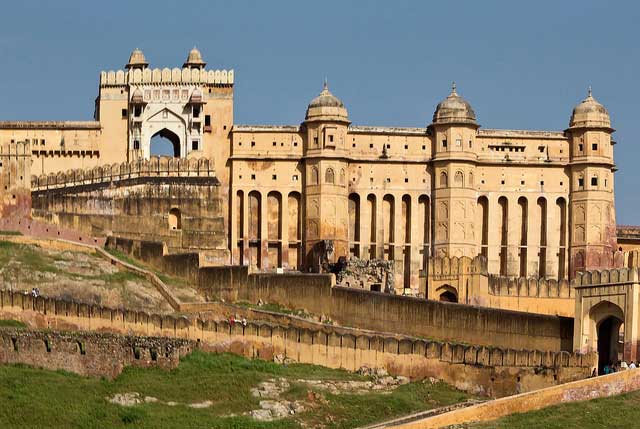
Also known as Amber Fort is located in the Amer village, 11 kilometres away from the city of Jaipur. It was built in 1592 AD on the remnants of an earlier structure by Maharaja Man Singh of the Kachwaha Rajput clan and was expanded by his descendant Maharaja Jai Singh I. The structure underwent numerous improvements for the next 150 years till in 1727, the then ruler Maharaja Sawai Jai Singh II, who founded the new Capital city of Jaipur. This massive fort has a total of 4 courtyards, the 1st courtyard , also known as the ‘Jaleb Chowk’, which was the place for soldiers to assemble, and various parades were held here, the 1st courtyard also houses an elegant temple called the Shila Mata temple, and is still visited by millions. The 2nd courtyard was the place where the ‘Diwan-Ai-Aam’ or the public assemblies were held, it contains a raised platform with 27 colonnades, each of which mount elephant shaped galleries above them. The 3rd courtyard houses the private quarters of the Maharajas, the Mughal Gardens, the Tripolia gate, the Lion gate and the Sheesha mahal or the mirror palace and is an example of the awe-inspiring architecture from the Rajput and Mughal period, the 4th courtyard was the place where the Queen, courtesans and other women lived. The Amer fort is one of the top tourist attractions in Rajasthan, which is frequented by a whopping 5000 visitors per day and houses the rich cultural flamboyancy and the marvellous architectural competence of the Rajput rulers of Rajasthan.
3. Mehrangarh Fort
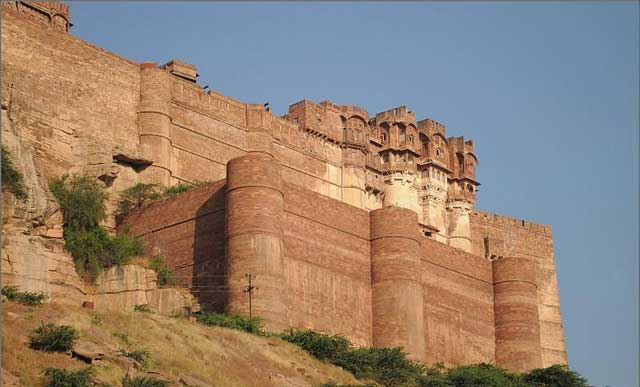
The 15th Rathore Rajput ruler Maharaja Rao Jodha Singh, who realised that the 1000 years old Mandore Fort was no longer a secure location, decided to move the capital of Marwar to Jodhpur and thus in 1459 laid the foundations of this impregnable Citadel of Mehrangarh. The fort is situated 400 feet above the city of Jodhpur, surrounded by thick impregnable walls; the fort houses various palaces and courtyards which are a fine example of Rajputana style of architecture. The fort has 7 gates, 4 of which have real historical importance as they were built by the rulers to celebrate the clan’s various victories. There are 4 notable period rooms in the fort namely, Moti Mahal – The Pearl Palace, Sheesha Mahal – The Hall Of Mirrors, Phool Mahal – The Palace Of Flowers and Takhat Vilas – Maharaja Takhat Singh’s Chamber. Apart from these, the fort also has a museum which has various galleries which display various artefacts, an armoury and numerous paintings of the Rathore rulers and their various Conquests. One of the major attractions in the fort is the Chamunda Mataji Temple, which is till date the royal family’s adopted goddess, the Idol was brought by Rao Jodha from the old capital of Mandore and is worshipped by most of the citizens of Jodhpur. Mehrangarh Fort is one of the prime tourist attractions in the marvellous city of Jodhpur. Although it is not among forts of Rajasthan in the UNESCO world heritage list, the rich culture, the marvellous architecture and the historic importance that it houses cannot be avoided.
4. Kumbhalgarh Fort
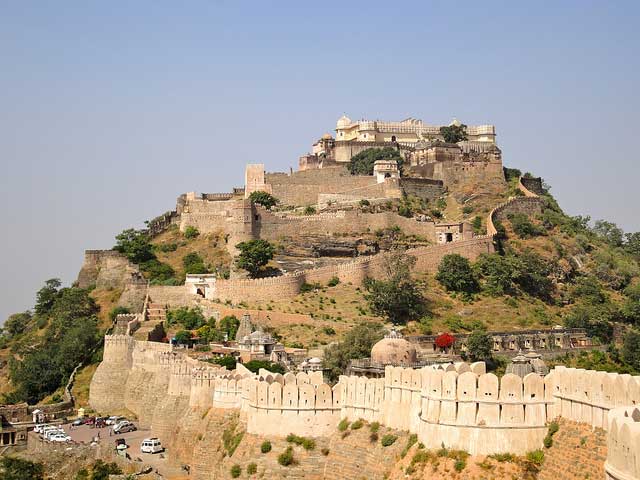
Built in the 15th century AD by Rana Kumbha and was enlarged throughout the 19th century, was also the birthplace of Maharana Pratap. The fort is built 1100 meters above sea level and is situated 82 kilometres northwest from the city of Udaipur; it’s the second most important Fort for the Mewar rulers after Chittorgarh. The perimeter of the wall that surrounds the fort extends to 36 kilometres and is 15 -25 feet thick making it the second largest wall in Asia after the Great Wall of China. The fort contains over 360 temples within its walls. It was occupied by the Sisodiya Rajput family till the late 19th century and is now open to public as a tourist attraction.
5. Jaigah fort
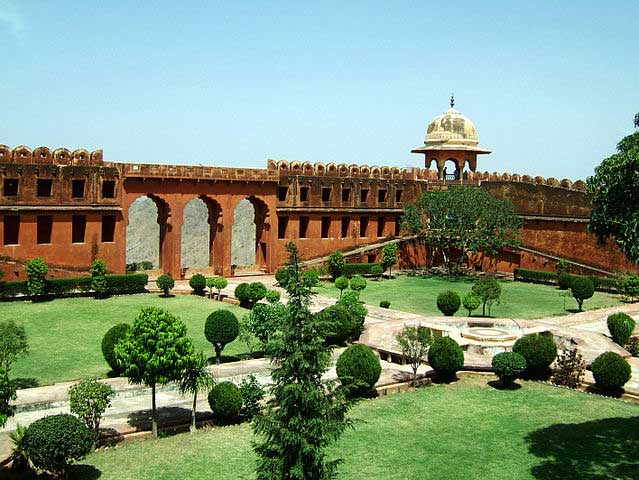
Located 400 Feet above the Amer fort, on a hill top named the ‘Cheel ka teela’ or the hill of eagles, was built by the Kachwaha Rajput ruler Maharaja Sawai Jai Singh II in the year 1726. Fashioned in order to protect the Amer Fort and was named after the king, the structure is similar in design to the Amer fort, the palace complex comprises of 4 courtyards, Laxmi Vilas, Lalit Mandir, Vilas Mandir and Aram Mandir and has a well tended garden which were the residence of the royal family for many years. The Subhat niwas was the assembly hall of the warriors; the fort also had an armoury, a cannon foundry and a museum which hold many artefacts and paintings which belong to the royal family, there are 2 temples in the fort; the Ram Harihar temple of 10th century vintage and the Kal bhairav temple of the 12th century vintage. The fort has an impressively designed water harvesting system over a 4 kilometre distance, the water was stored in 3 underground reservoirs the largest of which can hold upto 6 million gallons of water. One of the prime artefacts housed by the Citadel is the world’s largest cannon on wheels, the Jaivana cannon, which was manufactured in 1720 at the foundry located in the fort itself. Although never fired in battle, was only test fired once with a charge of 100 kilograms of gunpowder and a 50 kilogram cannonball, which is said to have covered a distance of 35 kilometres in the direction of the town of Chaksu, and the impact as said by many, was powerful enough to create a depression causing the creation of a pond which can be seen today as well.
6. Ranthambore fort
Founded in the 944 AD by the Nagil jats, The Jat king Raja Sajraj Veer Singh Nagil the then ruler of Ranthambore, in order to protect his kingdom from invaders, raised the citadel 700 feet above the surrounding plain to make the area suitable for defence. The fort was occupied and re-occupied by the Nagil jats till the rule passed in the hands of the Chauhans and then by the Sultans in 1301. The land was ruled by various Rulers of different regions including the Mewar Rajputs, Sultan Bahadur Shah till the Mughal invasion of Akbar and subsequently passed in the hands of the Kachwaha Rajput family and the surrounding areas became hunting grounds for the royal family until the independence of India in 1947. The walls of the fort surround an area of around 4 kilometres, mines created to obtain the stone for making this fort were later turned into ponds for water storage and the fort also has various temples that can be dated back to the 12th century. A must see site for all people who visit Ranthambore.
7. Jaisalmer fort
Jaisalmer fort was built in the year 1156 AD by the Bhati Rajput king Rao Jaisal and thus was given the name Jaisalmer, situated on the Trikuta hill in the stretches of the Thar Desert has massive yellow sandstone walls, hence giving the Citadel the nickname ‘Sonar Quila’ or the Golden Fort. The defences of the fort contain 99 bastions, the major attraction in this fort include The Raj Mahal (the royal palace), Jain Temples, Lakshminath Temple and the 4 massive gateways. At one point of time, the entire population of the city lived inside the fort. The fort enshrines various merchant havelis or houses, built by the wealthy merchants of Rajasthan, the havelis can contain many floors and countless rooms, with decorated windows known as jharokhas, doors and balconies. Most of the Havelis have been turned into museums but a few are still housed by the descendants of the Merchants that built them in the first place. The fort also has an effective drainage system that allows easy drainage of rainwater from the fort in all four directions; various eateries including French, Italian and Native cuisines are also worth checking out. The fort is considered to be the most breath taking monuments in human history.
8. Gagron Fort
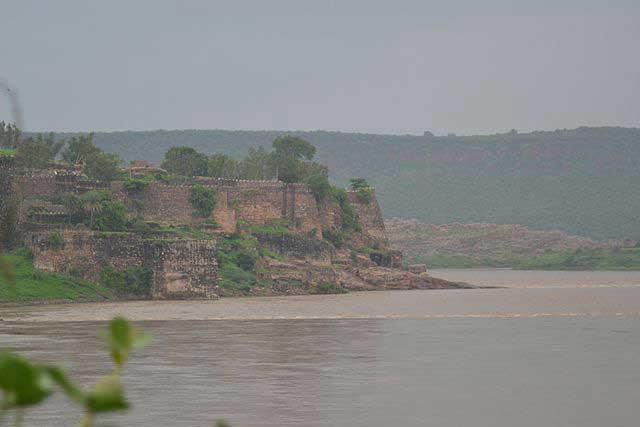
The foundations of the fort was laid in the 7th century AD and was completed in the 14th century AD by king Bijaldev of the Pramara dynasty; it is surrounded by the rivers Ahu, Kali and Sindh on three sides, behind the fort are forests and the Mukundarrah Range of hills giving the fort a one of a kind location. It has been a witness to many battles and is reminiscent of the heroic Valor and martyrdom of Rajputs of the Khichi Chauhan Clan who stood valiantly against the Mandu ruler Hosheng Shah. It is situated 12 kilometres from the city of Jhalawar; right outside the fort lays the Dargah of Sufi saint Mittheshah, where a splendid fair is held every year during the month of Moharram. Inside the fort is a temple dedicated to the Hindu deities Shiva, Ganesha and Durga.
Rajasthan being the land of kings has numerous forts and palaces, but the aforementioned places are the ones which you might find the most mesmerising. The best time to go on a trip to Rajasthan is between October till the end of February, with great weather to roam about and experience the pomp and splendour of this culturally rich State, we can assure you that you will never forget your visit to these great tourist spots and count your visit among your most cherished memories.

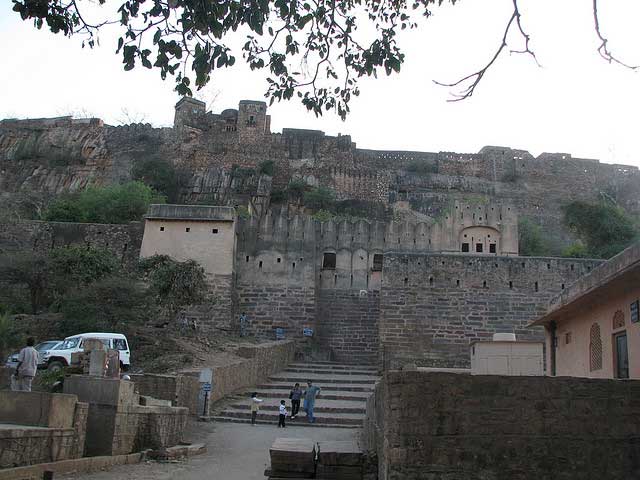
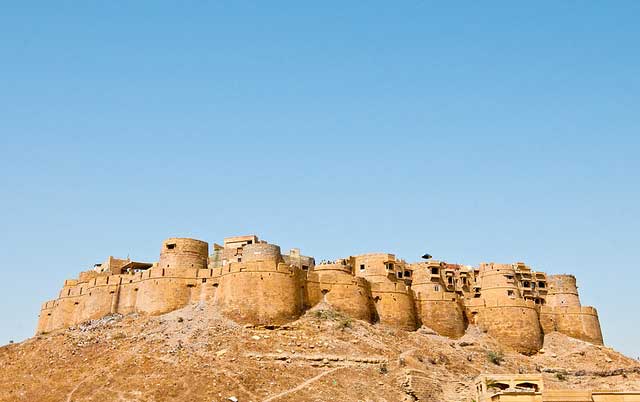

The most important fort of Bharatpur is missing from this site.
Hello, Thanks for sharing such a fantastic blog.I really appreciate your blog to share information about Rajasthan …Visiting in Rajasthan is amazing experience. This is amazing place with historical monuments and rich traditional culture. Specially dressing style culture, festivals celebration of Rajasthan attract every tourist.nice blog.
Gwalior Fort should also be added in this list.
Anyways nice list.
I just returned from a 13 day south Rajasthan trip . I spent time in Chittorgarh , Kumbalgarh , Udaipur, Jodhpur and Mt. Abu .
Loved this blog . Reading it after the trip has added value to my memories ! 👌